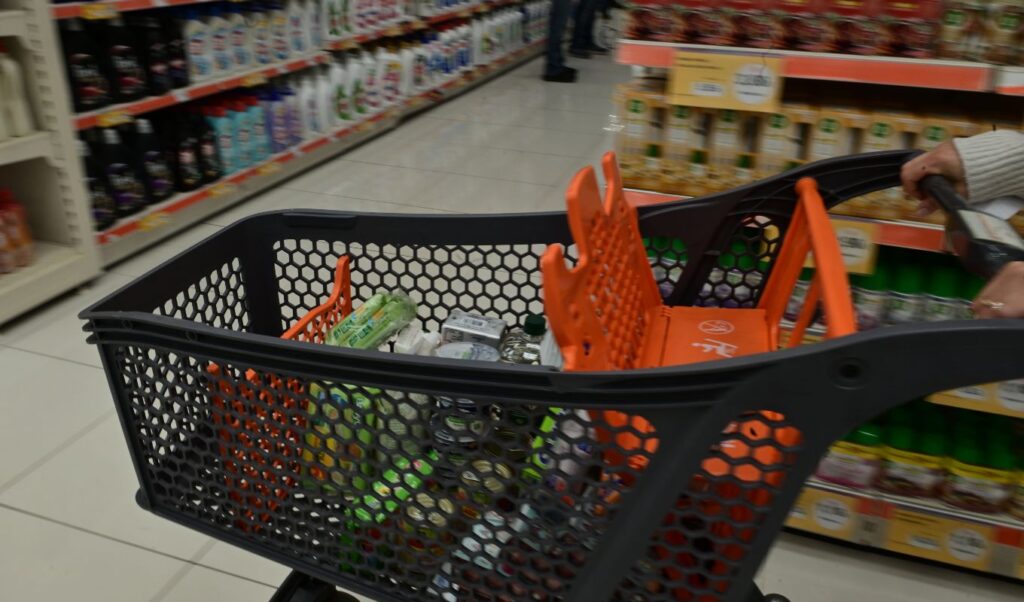The Ministry of Development is preparing new measures that will change how supermarkets operate in Greece. The mandatory display of original producer or manufacturer prices represents an innovative approach to combat unjustified price increases affecting households.
Read: Supermarkets: “Cold shower” for consumers from new price lists – “Negligible” reductions
How the new supermarket price control system will work
Product categories subject to the new regulation will be determined through the Price Observatory. Whenever unjustified increases are detected, supermarkets will be required to display original prices on their shelves.
This regulation will be incorporated into the upcoming bill for the new Consumer Protection and Market Supervision Authority. Development Minister Takis Theodorikakos presented this initiative yesterday on ANT1 television, emphasizing transparency goals.
Goals and expectations of the measure
The ministry aims to create greater pricing transparency while pressuring intermediaries in the supply chain. The main objective is reducing the phenomenon where a product reaches shelves with prices several times higher than its original value.
As Mr. Theodorikakos clarified to “Kathimerini” newspaper, the obligation will exclusively concern products with unjustified price increases that may hide profiteering. No generalized application to all products is planned, as this would create unnecessary bureaucracy.
Market reactions and concerns
The announcement surprised the supermarket sector, with representatives characterizing the measure as primarily communicational. They argue that implementation presents significant technical and practical obstacles.
According to supermarket chains, the regulation will force them to reveal elements of their commercial policy, which conflicts with competition law. Additionally, questions arise regarding the measure’s practical implementation.
Technical implementation difficulties
For fresh products like oranges, there are multiple supply chain stages. From the grower on the tree, to collection, packaging facilities, wholesalers and finally supermarkets. The question that arises is which price is considered original.
Furthermore, many supermarkets source the same product from different producers at different prices. Characteristically, a major chain executive wondered: “We source tomatoes from five producers. What will we write as the producer price? The average?”
Particularities for packaged products
Regarding standardized products, the market estimates that displaying the original price from the supplier’s price list won’t provide substantial information. The final price is shaped by discounts and benefits each chain negotiates with its suppliers, details that cannot be disclosed.
Additionally, supermarket representatives emphasize that for proper comparison, the original price should include VAT. There are also fears the measure will pressure producers instead of chains, as retailers will demand lower prices knowing competitors’ practices.
Inflation framework and government concerns
Resort to this measure comes despite inflation reaching 1.9%, for the first time below 2% since September 2023, according to the Hellenic Statistical Authority. This reveals government concern about household dissatisfaction and worry that de-escalation might be temporary.
The Bank of Greece revised upward its inflation estimates for 2025 and 2026. Meanwhile, Oxford Economics expressed reservations, arguing it’s too early to claim inflation has been defeated, expecting it to remain above 2% throughout the first half of 2026.




